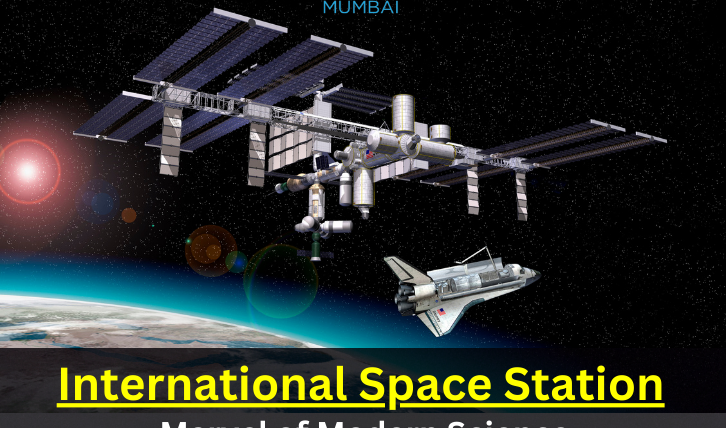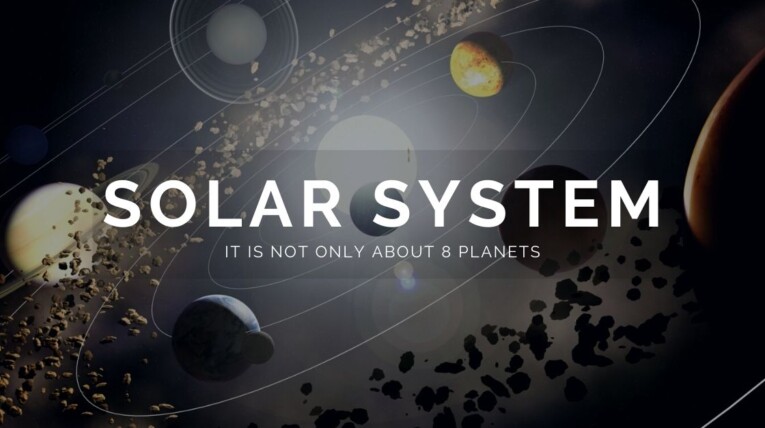There are a few things as fascinating to the human mind as the glimmering shower of meteors across the dark night sky. Whenever we look up, we expect to see the Moon, stars, and maybe even a galaxy or two on the clearest of nights- but you don’t always see meteors. Meteor showers are a transitory part of the night sky, which makes them that much more special. Affectionately called shooting stars, meteors are always a pleasure to witness (and to make special wishes).

This description might make you want to see a shower NOW! Well, worry not. There are quite a few meteor showers coming up in the last two months of this year, and we’re going to discuss those. But before we dive into that, let’s try to get to know a little bit more about meteor showers.
About Meteor showers
We witness meteor showers when leftover pieces of dust from asteroids or comets enter the Warth’s atmosphere at very high speeds. These meteors create friction and heat with the atmosphere, which then vaporize to create bright streaks of light across the sky, i.e. shooting stars.
This is ultimately the result of leftover debris left behind in the path of Earth’s orbit by (generally) comet tails when they make their trip around the Sun. The Earth passes these points throughout the year, and the debris interacts with the atmosphere to create meteor showers.
Now let’s take a look at the meteor showers yet to come this year;
TAURID (NORTH AND SOUTH)
This meteor shower is a bit unique, in that it consists of two streams, the South and North Taurids. Both (appear to) radiate from the constellation Taurus, hence the name.

South Taurids have been visible in the night sky from about September 10 to November 20, while the North Taurids, stemming from a nearby different stream, will be active from October 20 to December 10. Both showers produce a peak of about five meteors per hour and 10 when they overlap.
The South and North Taurids will hit their peaks on November 6 and 13 respectively; and while visible throughout the night, the best time to watch is around midnight.
LEONIDS METEOR SHOWER
Caused by the debris of the comet 55P/Tempel-Tuttle, the Leonid meteor shower will be active from November 3 through December 2. Peaking from the Moonless night of November 17 to the morning of the 18th, you will be able to see around 15 meteors per hour starting from midnight up until dawn. The Leonid appears to stream from a single point in the sky, in the constellation Leo.

As the comet’s orbit takes 33 years, the Leonid meteor shower becomes a meteor storm, having at least a thousand meteors per hour. Viewers in the 1966 storm described the meteors as looking like a fiery rain against the dark background of the sky. The last one that took place in 2002 wasn’t so spectacular, but we can certainly hope the 2035 one “rains” down on us.
Unlike most of the major meteor showers we witness, the Geminids are the result of debris left behind by an asteroid, the 3200 Pantheon. The Geminids are one of the most spectacular meteor showers of the year, especially for the Northern Hemisphere.

Owing its name to the constellation Gemini, the radiant point, the shower will be visible from the period of November 19 to December 24, from the mid-evening to dawn. Geminids will hit an astonishing peak of 120 meteors per hour on the nights of December 13th and 14th. With minimal interference from the crescent Moon, this promises to be one of the most spectacular nights for stargazing of the whole year.
URSIDS METEOR SHOWER
Associated with comet 89/Tuttle, the Ursids are active from December 13 to 24 every year, which might cause an intermingling with Geminds’ peak, sweetening the experience. Almost always peaking around the Winter Solstice, the shower will have its peak on the 23rd with 5 to 10 meteors per hour.

Radiant from the constellation Ursa Minor and predicted to be troubled this year by the bright Moon, the Ursids are a danger of being overlooked because of the popular Geminids peaking just a week earlier.
There is nothing quite comparable to witnessing a meteor shower with your own eyes, as one of nature’s most beautiful phenomena is sure to be etched in your mind forever.
Now the best advice I can give you is: plan a Stargazing trip according to the showers’ schedules, sit back, and relax. If you know where to look in the sky, the meteor showers this winter promise to give you an experience that you will treasure for a long, long time.
Or, you can join us at Stargazing Mumbai, where we will be celebrating the Leonid and Geminid meteor showers from our site at Dehene. Dehene’s dark sky far away from the city’s light is sure to make the occasion particularly exceptional. Check out the details at Stargazing Mumbai.



